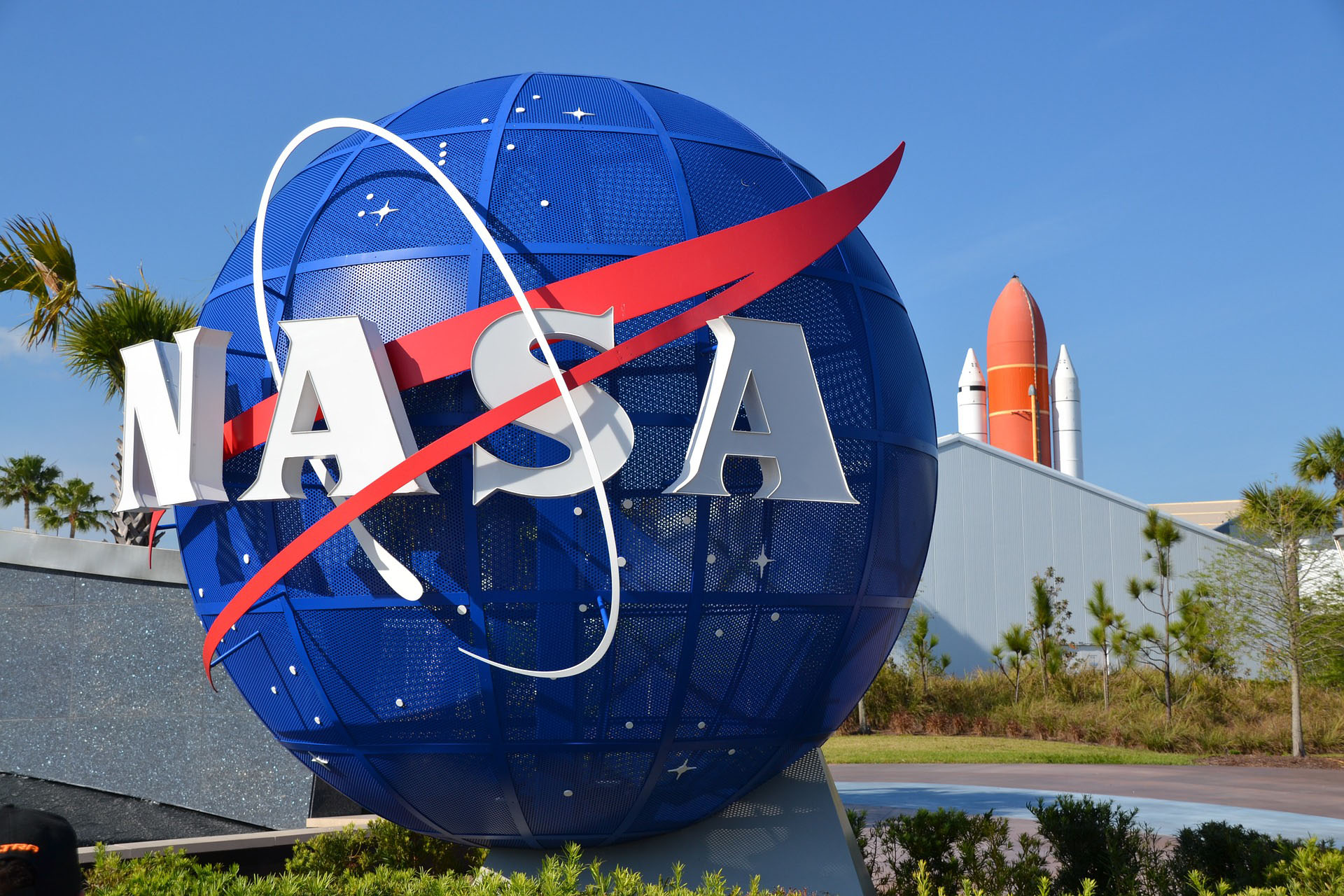
An engineering team from Drexel University was selected as a semifinalist to compete in NASA’s Revolutionary Aerospace Systems Concepts Academic Linkage forum for their airlock design.
The forum will take place from May 31 to June 2 in Cocoa Beach, Florida at the Kennedy Space Center.
Drexel’s airlock design, “Modular Multi-Mission Airlock,” was one of two selected to compete in the final round of the airlock competition. Their opponent is a team from the University of Minnesota that has entered a design entitled “Janus Deep Space Airlock.”
RASC-AL is a competition sponsored by NASA that is open to all undergraduate and graduate university-level students. The goal is to get students to use what they have learned in classes to create real aerospace designs.
“Students get something out of it … They get a chance to apply what they learn in class to real world aerospace challenges,” Pat Troutman, senior systems analyst at NASA’s Langley Research Center, said of the competition.
This year, there were four themes, or categories, in which teams could enter their designs. These included ”Lightweight Exercise Suite,” ”Airlock Design,” “Commercially Enabled LEO/Mars Habitable Module” and “Logistics Delivery System.”
On Feb. 3, 21 teams were chosen to compete in the final round of the competition. Each of these teams will be receiving a monetary award so they can further their designs before the final competition.
At the end of the forum, the top two overall winning teams will be granted a stipend to present their design at a major Aerospace conference, which is still to be determined.
According to the RASC-AL website, the major goal of the 2017 competition is to explore how to improve the ability of humans to work in microgravity.
An airlock is a device that allows either people or objects to pass through an area while minimizing the effect of changing pressures. Airlocks in spacecrafts or space stations would allow people to enter and exit the crafts without being majorly affected by the pressure changes.
The airlock design theme had several requirements. It is meant to be attached to a deep-space habitat by 2021 and be sustainable for at least 15 years. The design also had to address maintenance needs as well as include failure warnings and alarm systems. How the airlock would be launched was also to be evaluated in the design.
While Drexel’s first airlock design secured them a place in the final round, there is still a long way to go before the forum.
“There is still much engineering work to be done for the final submission,” Andrew Broeker, leader of the team, said.
The team has to meet several more deadlines before the final forum at the end of May.
Teams must submit a mid-project review by March 16th. They must also submit a technical paper and oral presentation by May 15.
More information on the RASC-AL forum is available at http://rascal.nianet.org/.

